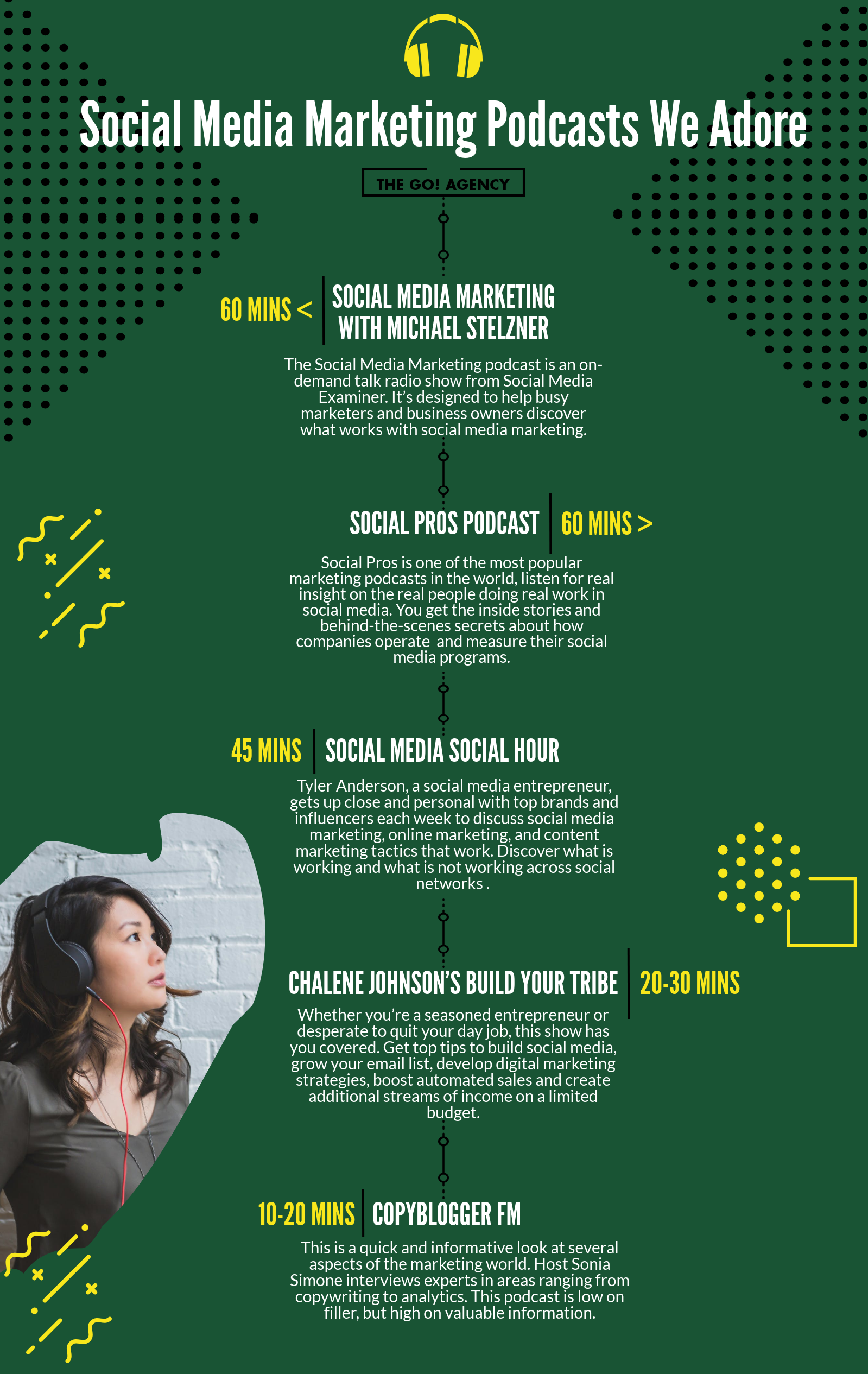Instagram has cemented itself as the premier social media platform of 2018. Less confrontational than Twitter, less esoteric than Tumblr, and more careful with your information than Facebook, Instagram is attracting users in droves. It is no longer just a collection of latte art, food porn, and bathroom-mirror-selfies: Instagram has risen to the top of the pack for social media marketing opportunities.
Unfortunately, some brands aren’t taking advantage of all Instagram has to offer. Are you getting the most out of your Instagram account? Today we’ll discuss the features that you should be using (but probably aren’t).
Feed
• Following hashtags: Just like on Twitter or Tumblr, you can follow hashtags on Instagram. This will allow you to keep track of trends, influencers, and even your own brand’s hashtags!
• Muting users: Muting allows you to hide people from your feed without actually unfollowing them. This feature is a boon to anyone who is tired of seeing post after post of a friend’s baby (scientific fact: All newborns look like Yoda, no matter what filter you use), but can be equally beneficial to marketers who want to grow their brands! You can follow back without being bombarded with unwanted content.
Stories
• Archiving: Instagram Stories are fun yet fleeting–like the bloom of the Arizona’s Queen of the Night cactus, or a Twitter feud. You post a topical, silly, or fascinating video, and it disappears forever after twenty-four hours. Not anymore! Now you can choose to archive Stories, preserving them forever in your profile. Just go to your Insights to find them all. Note: only account owners will be able to see archived Stories.
• Highlighting: Basically, these are curated collections of your archived Stories. Archiving Stories just keeps them in the back end of the app. If you want users to be able to see these Stories again or if you want to organize them into channels, you can create a Highlight channel. Each Highlight contains Stories grouped by theme. Technically, you can decide to group your highlights by any way you see fit (“Stories Featuring a Mike,” “Stories Featuring Mike’s Right Thumb,” e.g.), but theme is your safest bet.
Posts
• Descriptions: It is almost ludicrous how many Instagram users waste the opportunity for content marketing. Including hashtags and mentions in descriptions will help users–i.e., potential customers–find you.
• Filtering Comments: Trolls happen, so do bots, spammers, and lonely Russian singles who would love to chat with you. All of these miscreants will create new accounts as fast as you can block them. Thankfully, you can filter comments on Instagram! Filter according to keywords, phrases, or hashtags. This filter works on the “set it and forget it” principle: these comments are removed automatically.
• Hashtagging: Sometimes 30 tags just won’t cut it. What’s an enterprising user to do? You can repost content using all-new hashtags! Just delete the comment with the old hashtags and post a comment with fresh hashtags.
Overall
• Instagram Tutorials: Instagram wants to help you have the best possible experience on its platform. Topics range from improving your profile to building a community. Find these in the Business Settings on the app.
• Utilizing hashtags to build communities: Social media is all about connection, and Instagram is no different. Communities center around common hashtags. These hashtags range from hobbies (#NaNoWriMo, #inktober), to interests (#caturday, #yogaeverydamnday), to social causes (#PuberMe, #bodypositive).
When clients ask us what they’re doing wrong, we often respond that the problem is what they’re not doing. A tool can’t benefit you if you don’t use it to its full potential. Instagram has many more innovative and attractive features at your disposal — all you have to do is use them!
Do you want to get the most out of your social media marketing strategy? That’s why we’re here! We can help you streamline your social media channels, create a cohesive message, and attract your ideal customer. Contact us today for your free consultation!
Read More
















